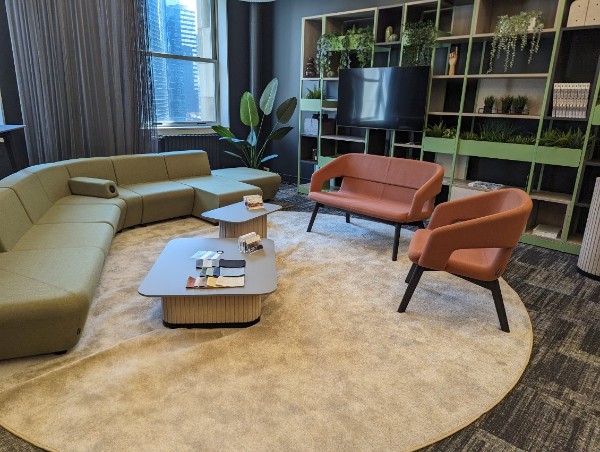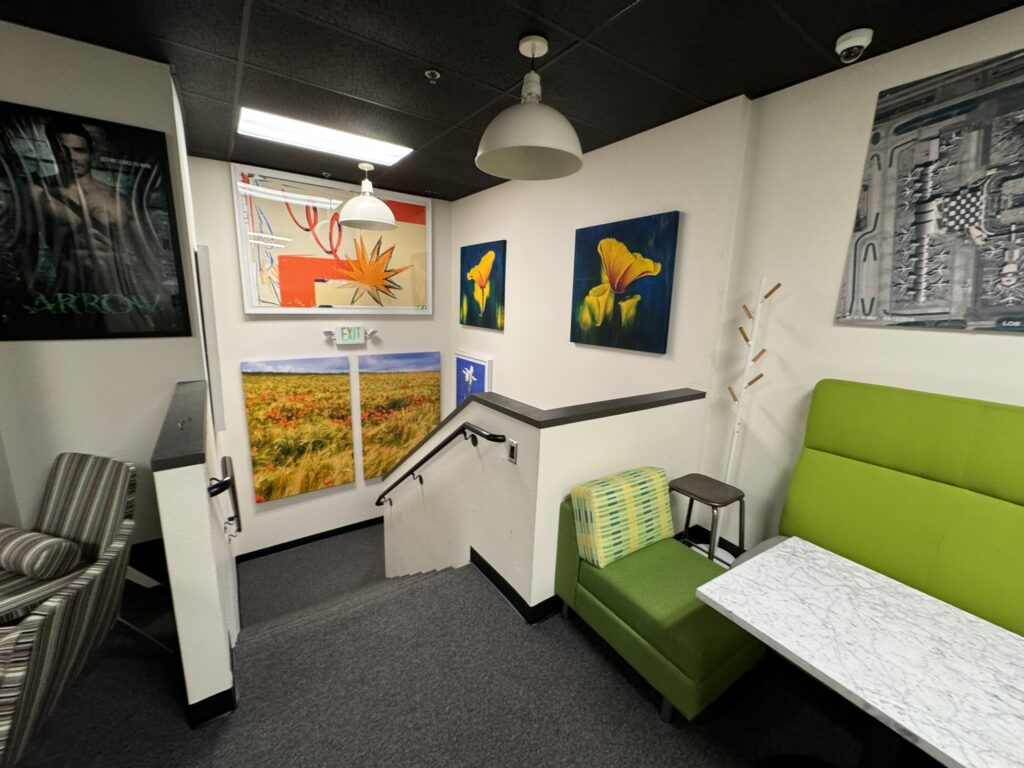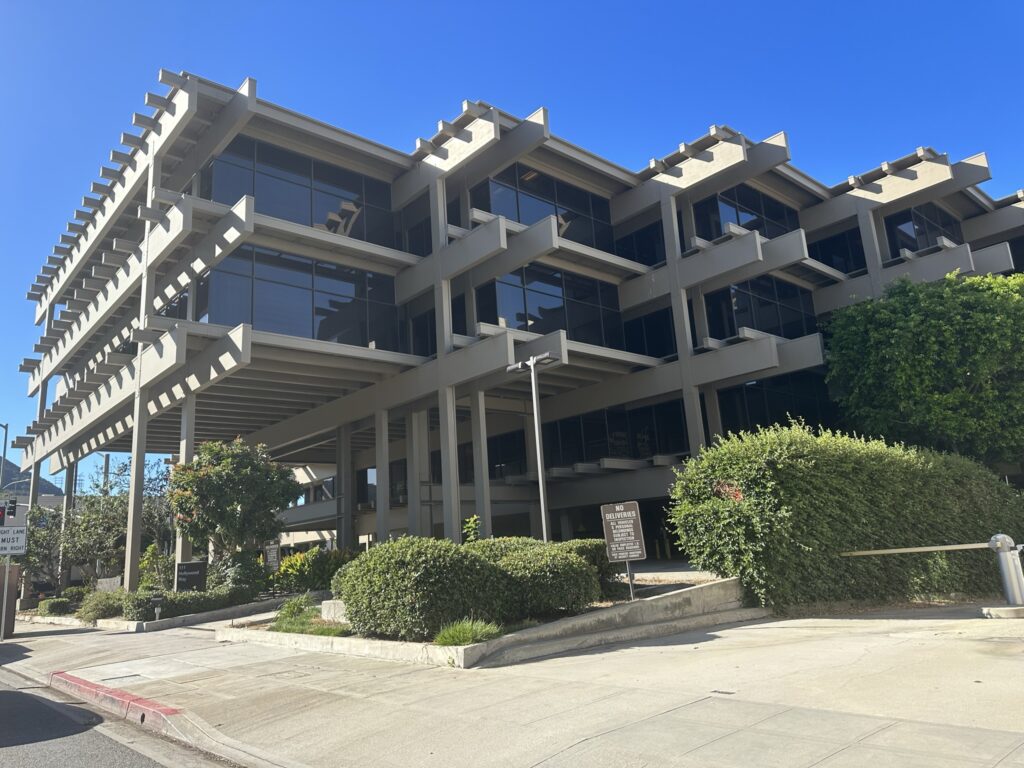In today’s competitive work environment, companies are constantly seeking ways to enhance productivity, inspire creativity, and retain top talent. While tools and processes play a big role, one often-overlooked factor is office aesthetics. From fabric textures to color palettes, and layout flow to visual harmony, the look and feel of your office directly impacts mood, culture, and performance. At Cube World USA, we’ve helped countless businesses transform bland spaces into inspiring environments—without breaking the bank.

What Are Office Aesthetics?
Office aesthetics refer to the visual and sensory elements of a workspace. This includes fabrics, finishes, color schemes, lighting, artwork, furniture design, layout, and even acoustics. When designed intentionally, these elements don’t just make a space more beautiful—they shape how people feel, think, and work in that space.
Think about the difference between a cold, fluorescent-lit cubicle versus a warm, open space with natural light and thoughtful design. One drains energy; the other fuels it. That’s the power of office aesthetics.
The Science Behind Office Aesthetics
Studies show that well-designed offices improve employee mood, reduce stress, and increase productivity. Color psychology, for instance, reveals that blue tones encourage focus, green promotes calm, and yellow sparks creativity. Texture matters too—soft fabrics invite comfort while sleek surfaces evoke energy and movement. These subconscious cues shape daily experiences in ways most employers underestimate.
Investing in office aesthetics means investing in your team’s well-being and performance.

Fabric: More Than Just a Finish
From seating upholstery to acoustic panels, fabric choices influence everything from visual tone to physical comfort. Choosing the right textures not only improves durability but also sends a subtle signal to your team about how much you value their work environment.
At Cube World USA, we guide clients through swatches that balance function with form—whether it’s breathable mesh for chairs or soft woven textiles for privacy panels. In modern office aesthetics, fabric isn’t just a detail—it’s a statement.
Finish: Setting the Mood
Finishes—from woodgrain laminates to matte black steel—play a critical role in defining your office’s vibe. High-gloss white evokes modern minimalism; reclaimed wood promotes a rustic, grounded atmosphere. By aligning finishes with your brand personality, you create cohesion between culture and environment.
We often mix finishes in strategic zones: darker woods in executive areas, bright tones in creative departments. This balance creates a visual rhythm that enhances overall office aesthetics.

Flow: The Invisible Force of Productivity
Beyond beauty, flow is about how people move through and experience your space. Are walkways intuitive? Are collaboration zones separate from focus areas? Is there natural light in key workspaces? Aesthetic flow supports psychological comfort, helping employees feel grounded and energized instead of overwhelmed or disoriented.
Proper layout flow also reduces distractions and creates purposeful “moments” throughout the day—quiet zones for deep work, open lounges for brainstorming, and well-placed break areas to recharge. These elements are the foundation of functional office aesthetics.

How Aesthetics Impact Workplace Culture
Your office speaks even before anyone does. A well-designed workspace tells your team—and clients—that you care about experience, quality, and attention to detail. It can also signal creativity, professionalism, innovation, or comfort, depending on your aesthetic choices.
When employees enjoy their physical surroundings, they’re more likely to feel pride, ownership, and loyalty. That’s why office aesthetics are an essential tool in shaping company culture from the ground up.
Common Aesthetic Mistakes (And How to Avoid Them)
- Overcrowding: Too many desks and not enough breathing space creates anxiety. Always prioritize space over headcount.
- Harsh Lighting: Swap fluorescent bulbs for soft, layered lighting. Where possible, maximize natural light.
- Color Overload: Too many clashing tones can distract. Choose 2–3 base colors and one accent.
- Ignoring Acoustics: Sound-absorbing fabrics, dividers, and ceiling treatments keep noise in check.
FAQs About Office Aesthetics
Q: Are office aesthetics just about looks?
Not at all. Aesthetics influence mood, communication, focus, and even health. They are directly tied to workplace performance.
Q: Can I improve aesthetics without a full renovation?
Yes! Small updates—like new fabric panels, lighting, or layout tweaks—can drastically enhance your space with minimal investment.
Q: How do I know what aesthetic fits my brand?
Start with your company’s values. Are you innovative? Traditional? Playful? Then match those themes to colors, finishes, and layouts that reinforce your identity.
Make Office Aesthetics Your Competitive Advantage
Every business wants a productive, engaged team—and your office design plays a major role in that. At Cube World USA, we believe that great office aesthetics combine comfort, culture, and creativity. Whether you’re starting fresh or reimagining an existing space, we’re here to help you choose the right fabrics, finishes, and flow to unlock your office’s full potential.
Ready to elevate your office? Contact Cube World USA today for a personalized consultation and discover how thoughtful aesthetics can redefine your workspace—and your results.

